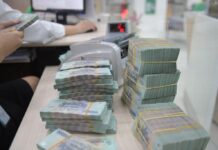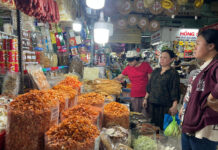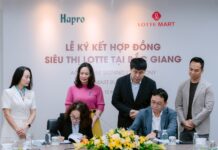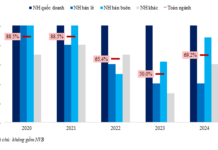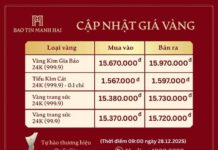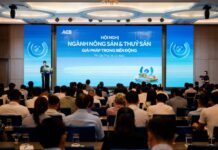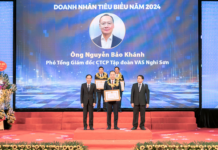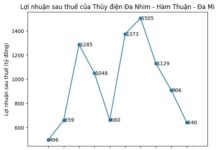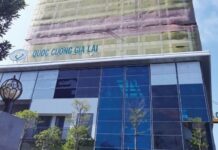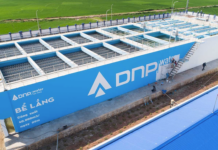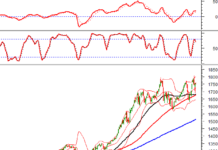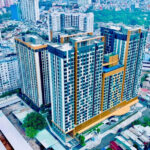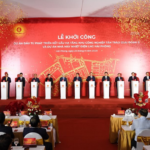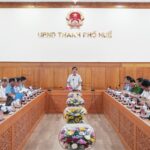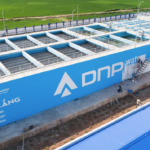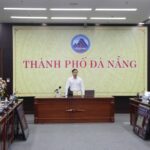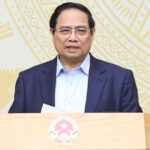Free Trade Zones (FTZs) – New, Challenging, but Necessary
Free Trade Zones: From Pilot Models to Economic Drivers
On June 26, 2024, the National Assembly adopted Resolution 136 on the organization of urban administration and the piloting of special mechanisms and policies for the development of Da Nang City, including provisions related to the Da Nang Free Trade Zone.
A year later, on June 27, 2025, the National Assembly passed Resolution 226 on piloting certain special mechanisms and policies for the development of Hai Phong City, thereby approving the establishment of the Hai Phong Free Trade Zone with numerous superior policies.
Prime Minister Pham Minh Chinh directed: “We must focus intensely, leading and effectively implementing the Party’s policies, the National Assembly’s resolutions, the Government’s directives, and the Prime Minister’s decisions with the highest possible efficiency. Effectively carry out major tasks. First, urgently streamline the organizational structure and appoint capable officials commensurate with the tasks assigned in the Party’s resolutions, the National Assembly’s resolutions, and the Government’s decisions. Second, be confident, resilient, dare to think and act, continue to innovate, create, rely on self-sufficiency, and maximize unique potentials, advantages, and outstanding opportunities. Third, concentrate on implementation mechanisms and policies to secure resources, specifically state resources, non-state resources, domestic and foreign resources, human resources, financial resources, infrastructure, institutions, technology transfer, and smart governance.”
Vietnam will officially have its first Free Trade Zone this year. After three months of intensive implementation of the National Assembly’s Resolution 226, Hai Phong City leaders agreed to launch the Free Trade Zone this year, with the establishment decision possibly coming next month.
It is highly likely that in just a few weeks, Vietnam will officially have a Free Trade Zone (also known as an FTZ – Free Trade Zone). According to the proposal by the Hai Phong City People’s Committee Party Committee, the Hai Phong Free Trade Zone is proposed to cover an area of approximately 6,292 hectares. The planned location of the Free Trade Zone in Hai Phong is distributed across three non-contiguous areas within the South Hai Phong Coastal Economic Zone and the Dinh Vu – Cat Hai Economic Zone.
As a comprehensive free trade zone, the Hai Phong Free Trade Zone will include functional areas such as production, port and logistics, trade and services, and other types of functional areas as prescribed by law.
To provide flexible space and connect infrastructure for diverse investors, the Hai Phong Free Trade Zone is distributed across three non-contiguous areas within the South Hai Phong Coastal Economic Zone and the Dinh Vu – Cat Hai Economic Zone. Area 1 is expected to cover 2,923 hectares within the South Hai Phong Coastal Economic Zone. Area 2 covers approximately 1,077 hectares within the Dinh Vu – Cat Hai Economic Zone, including the Nam Dinh Vu Industrial Park and the duty-free zone. Area 3 is within the Dinh Vu – Cat Hai Economic Zone but belongs to Cat Hai Island, the Cat Hai Special Zone, covering approximately 2,292 hectares.
Ms. Tran Thi Hai Yen, Deputy Director of the Hai Phong Department of Finance, stated: “Among the 41 superior policies for investment, services, and trade, it’s like an open door wide enough. Post-audit control and procedure resolution must be ensured. Entry is also very smooth.”
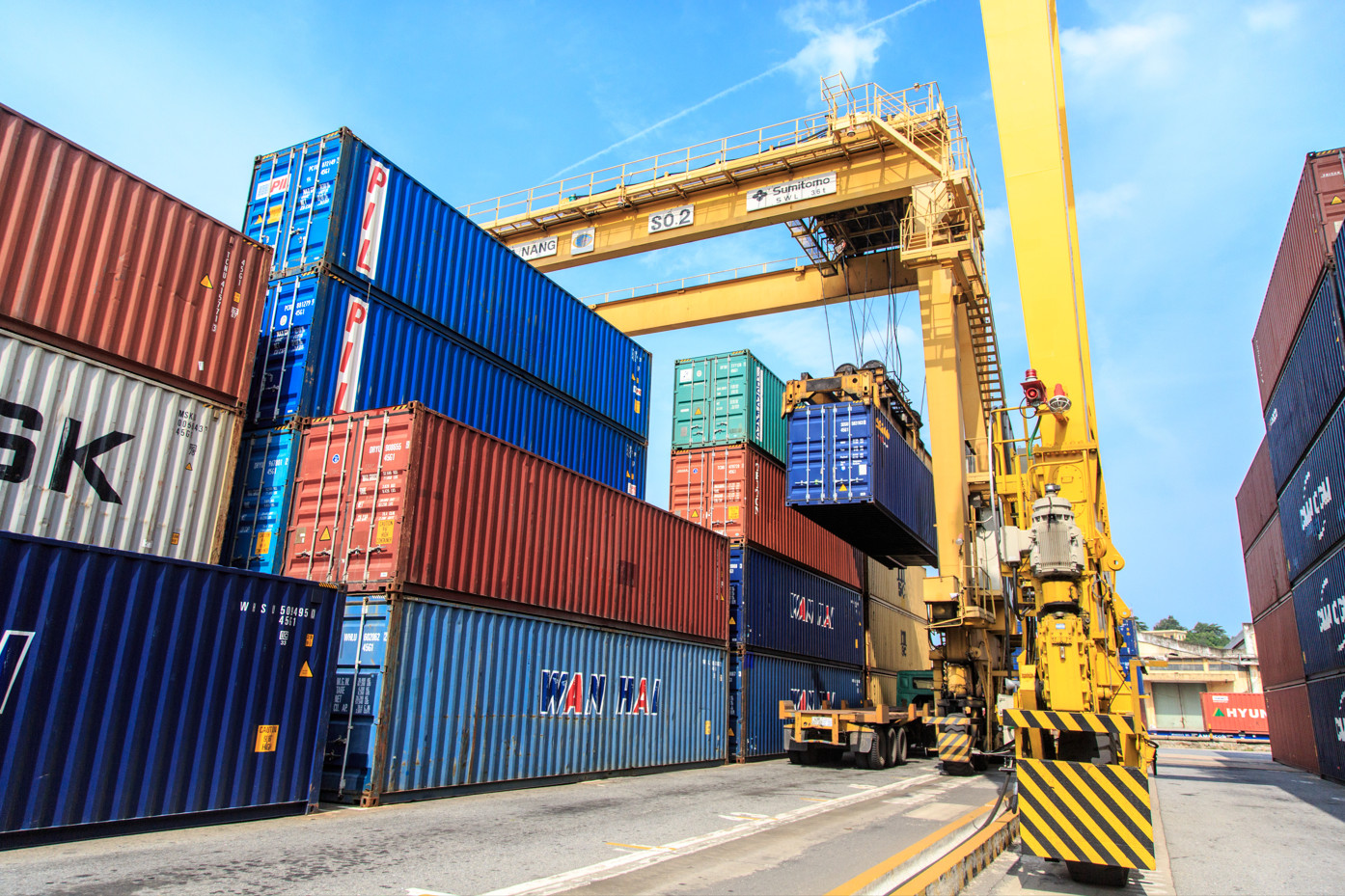
Hai Phong and Da Nang are well-prepared to pilot the Free Trade Zone model
Accelerating the Establishment of Free Trade Zones
It can be seen that boundary demarcation and landmarking – a crucial task – has just been completed in Hai Phong, with a total area of over 6,200 hectares divided into three zones. Da Nang completed this earlier, with an area of over 1,800 hectares. Both localities apply a 10% corporate income tax for 15 years for most projects, along with a mechanism of exemption for 4 years and a 50% reduction for the next 9 years. Both localities apply a duty-free zone mechanism, exempting import taxes on goods produced for re-export…
Hai Phong also offers additional “attractive” incentives such as visa exemption and 10-year temporary residence cards. Research and development (R&D) expenses are deductible at 200%, foreign currency transactions are allowed, and customs procedures are prioritized. Full exemption of land and water surface rental fees throughout the lease term and a 50% reduction in corporate income tax for 10 years for high-quality experts and workers. Da Nang primarily has advantages in customs procedures, prioritizing and simplifying procedures for establishing foreign enterprises.
Both models are expected to serve as “policy laboratories” for Vietnam. These superior incentive packages create investment appeal but also require a transparent and stable legal framework to prevent loopholes and ensure budget efficiency.
Hai Phong and Da Nang are well-prepared to pilot the Free Trade Zone model. Management agencies, functional forces, and enterprises have also taken initial preparatory steps.
At the Dinh Vu – Cat Hai Economic Zone in Hai Phong, it takes just a few seconds for a container to pass through the automatic gate. It’s not just about applying high technology in operation and management, and unlike a duty-free zone, which is essentially an open area for customs and tax activities, a true Free Trade Zone must simultaneously ensure: fast cargo flow, tight control, and attractive enough incentives to retain investors.
Ms. Tran Thi Hai Yen, Deputy Director of the Hai Phong Department of Finance, shared: “Administrative procedures are currently reduced by 50%. We have issued internal processes, ISO-standardized them, and digitized these processes, reducing the time by 50%. Alongside this, the Government has issued resolutions, and the city has specific action programs, with each department and agency having specific plans. Additionally, we are implementing Resolution 226 on superior mechanisms, which I believe provides ideal conditions.”
To provide flexible space and connect infrastructure for diverse investors, the Hai Phong Free Trade Zone is distributed across three non-contiguous areas within the South Hai Phong Coastal Economic Zone and the Dinh Vu – Cat Hai Economic Zone. Many investors have actively taken preparatory steps to accelerate the realization of this highly anticipated model.
Mr. Nguyen Vinh Hau, General Director of Lach Huyen International Deep-Water Port Industrial Park and Logistics Joint Stock Company in Hai Phong, stated: “Our company is implementing land reclamation in Phase 1, with a scale of 230 hectares, and aims to complete the entire site by mid-2026. Currently, we have secondary investors investing in the zone. We will combine to create a Free Trade Zone, port logistics, and industrial complex, applying some successful models.”
According to experts, as there is no precedent in Vietnam, the pioneering role of localities assigned to pilot this model will be reflected in establishing a suitable, optimal, and sustainable legal framework.
The 18-meter depth of the port allows giant 200,000-ton ships to dock. But to anchor global corporations and become a crucial link in the international logistics chain, Hai Phong needs a corresponding “institutional depth.”
A transparent and stable “institutional depth” will be a prerequisite for Free Trade Zones to become not just tax-advantaged areas or special service zones but new growth drivers for Vietnam.
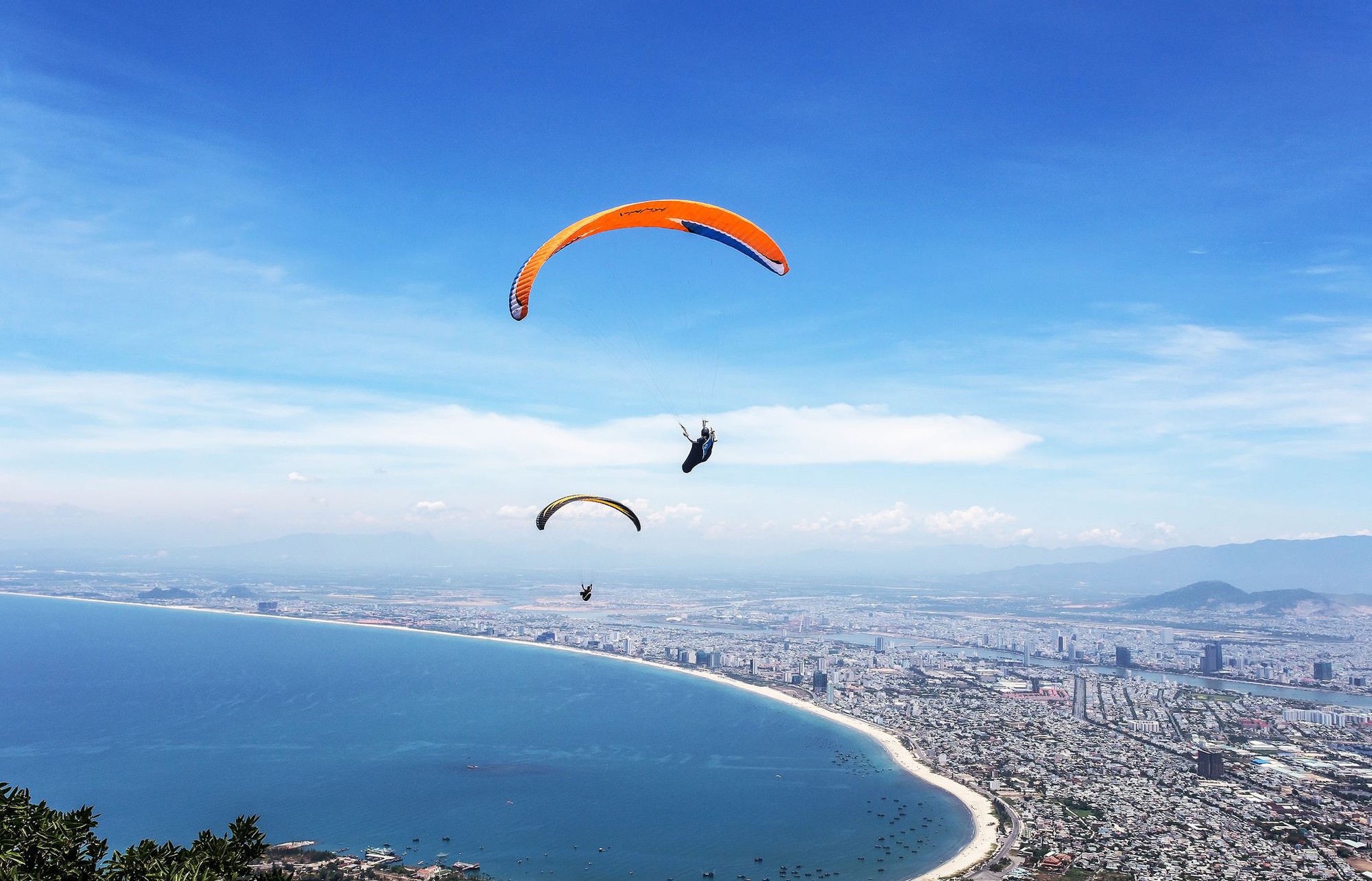
Accelerating the Establishment of Free Trade Zones
Opportunities for Da Nang to Reach the Open Sea
The Da Nang Free Trade Zone covers an area of 1,881 hectares, divided into 7 sub-zones, with various functions: logistics, production, trade and services, digital technology, information technology, and innovation. This is not just an infrastructure project but a place where goods, capital, and technology flow freely with superior incentives.
Mr. Tran Chi Cuong, Vice Chairman of the Da Nang People’s Committee, stated: “With some initial discussions, there are still some issues in our policies and mechanisms to ensure more breakthroughs and stronger competitiveness in the future.”
In late August, the first component of Sub-zone 5 of the Da Nang Free Trade Zone officially launched with a scale of 90 hectares at the foot of Ba Na Mountain. Notably, Da Nang is simultaneously developing both the Free Trade Zone and the Financial Center. One generates goods and services, while the other ensures capital and liquidity. This synergy truly creates international competitiveness for Da Nang.
Assoc. Prof. Dr. Dang Tung Lam, Editor-in-Chief of the Journal of Economic Science, University of Economics, Da Nang University, commented: “If the Free Trade Zone were imagined without a Financial Center, it would face difficulties in accessing financial services and capital. Now, with the Financial Center, it will provide support.”
Assoc. Prof. Dr. Ho Tan Sang, former Head of the Department of Political Science, Political Academy Region III, stated: “Establishing a Free Trade Zone will be a prerequisite and condition for creating the necessary infrastructure and environment.”
Da Nang is following a bold roadmap. Success will depend on the interaction between these two pillars of trade and finance. This expectation is being realized through the decisive steps of the city’s leadership.
Mr. Luong Nguyen Minh Triet, Secretary of the Da Nang Party Committee, stated: “Certainly, the cadre team will have to be more dynamic, determined, and diligent in learning to equip themselves with knowledge and job skills in the context of increasing workloads and higher requirements.”
Da Nang is affirming its determination to break through and realize its aspirations for transformation. It also sets new requirements for a transparent and professional institutional and legal framework for the new phase.
The Need to Soon Perfect the Legal Framework for FTZs
A transparent and suitable legal framework is one of the most significant demands that must be promptly addressed to operationalize the Free Trade Zone model. In other words, a professional set of rules is needed for this model.
With dozens of superior policies for investment, services, and trade, the Free Trade Zones in Hai Phong and Da Nang will be a wide-open door for all investors. However, a business-friendly environment requires a robust and civilized legal system. This is an issue that needs to be prioritized before the FTZs officially operate.
As a prerequisite, the development of a suitable legal framework for Free Trade Zones – a model with no precedent in Vietnam – is currently the biggest challenge for management agencies.
Ms. Tran Thi Hai Yen, Deputy Director of the Hai Phong Department of Finance, stated: “Previously, there was no such model, and no legal framework existed to approve Free Trade Zones. It’s entirely different from economic zones and industrial parks. Some decrees and laws have been adjusted, but some decrees to amend current decrees are being actively developed by the Government and ministries.”
The highly attractive incentive list of Free Trade Zones, ultimately, is also the flexible legal framework to support investors, the “rules of the game” for a specific playing field. These include legal procedures for establishing enterprises, for foreign workers, and tariff incentives aligned with international standards. Enterprises highly value and expect much from this legal framework.
Mr. Nguyen Vinh Hau, General Director of Lach Huyen International Deep-Water Port Industrial Park and Logistics Joint Stock Company in Hai Phong, commented: “The special policies that the Hai Phong Free Trade Zone is piloting, as permitted by the National Assembly, offer significant incentives, perhaps the best in Vietnam today. These incentives are very strong and are expected to promote investment in the Free Trade Zone in general and our Lach Huyen duty-free industrial park project in particular.”
Mr. Mai Cong Ho, General Director of Sai Gon – Da Nang Investment Joint Stock Company, SGI Investment Group, stated: “Free Trade Zones offer many incentives, such as tax incentives, procedural incentives, and especially mechanisms that are very fast and focused.”
The resolution has been issued. Infrastructure is in place. Enterprises are ready. A timely, clear, and consistent legal framework for Free Trade Zones will be the final bridge to transform Lach Huyen into a new regional transshipment hub.
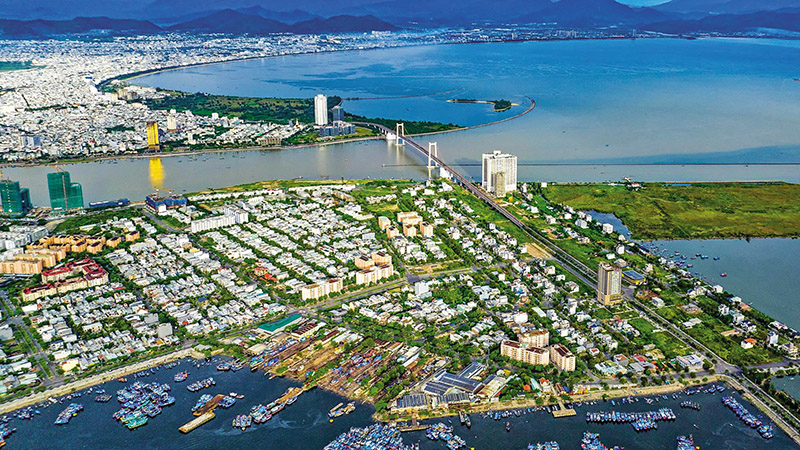
Beyond tax-advantaged areas, Free Trade Zone models are increasingly becoming strategic tools for many countries
Free Trade Zone Models Worldwide
Beyond tax-advantaged areas, Free Trade Zone models are increasingly becoming strategic tools for many countries to drive reform and enhance competitiveness. From China and Singapore to ASEAN countries, each nation has its approach, but all aim to transform Free Trade Zones into new development drivers.
In China, the Shanghai Free Trade Zone pioneered the use of a “negative investment list” instead of a licensing mechanism. Shanghai’s success has been replicated with 77 reform measures nationwide. Hainan Island is building a free trade port model, with a roadmap to close customs across the island by the end of 2025 and a conditional “zero tariff” policy, focusing heavily on finance and services.
Malaysia adopts a classification approach. Free industrial zones primarily serve export production, while free trade zones are linked to ports and airports, focusing on logistics. The government maintains policy discipline by requiring high export ratios and limiting the exploitation of incentives without creating added value.
In Thailand, the Eastern Economic Corridor (EEC) shows that FTZs can become strategic platforms for key industries. With tax incentives of up to 8 years, allowing 100% foreign ownership, and fast-track visas for experts, the EEC has become a hub for investment in electric vehicles and electronics.
Indonesia’s Batam FTZ offers import tax and VAT exemptions, with simplified administrative procedures. This large-scale policy creates a strong attraction but also poses management challenges, requiring a robust legal framework to ensure sustainability.
Establishing Real Estate Trading Centers to Drive Down Housing Prices
The Ministry of Construction is set to propose a pilot resolution to the Government for the establishment of a state-managed real estate trading center. This initiative aims to introduce legal oversight over the supply and transaction prices of real estate, encompassing both primary and secondary markets.
Vingroup Launches Construction of Tan Trao Industrial Park and Hai Phong LNG Thermal Power Plant
On September 26, 2025, Vingroup officially broke ground on the first phase of the Tan Trao Industrial Zone Infrastructure Development Project, alongside the Hai Phong LNG Thermal Power Plant—the largest in Vietnam and a global leader in capacity. This milestone underscores Vingroup’s pioneering role in advancing industrial infrastructure, seamlessly integrated with large-scale energy projects of international caliber.
Vietnam’s Youngest Centrally Governed City Sets New Growth Record, Exports Hit Billion-Dollar Milestone in Less Than a Year
Over the first nine months, the GRDP is estimated to surge by 9.7% to 10.2%, marking the highest growth rate in several years.

